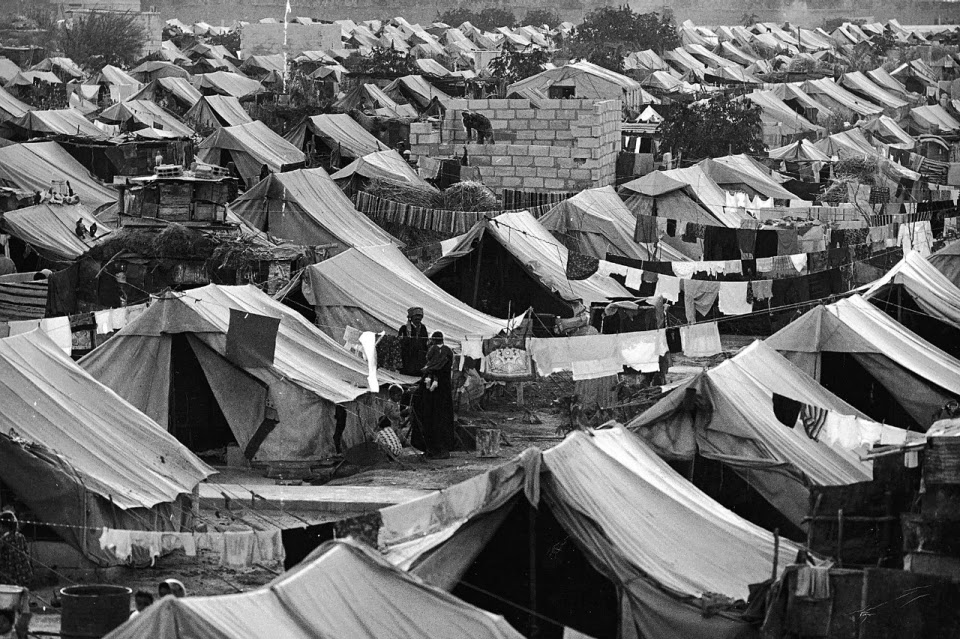Known also by other of synonyms, it is a process involving the movement of people as a consequence of processes in which a State government or State-authorized agencies participate. Such processes, whether intended or unintended, negatively affect the human rights of the transferred population, as well as the inhabitants of an area into which settlers move or are transferred. The term “transfer” implies purpose in the act of moving a population; however, it is not necessary that a destination be predefined. The State’s role in population transfer may be active or passive, but nonetheless contributes to the systematic, coercive and deliberate nature of the movement of population into or out of an area. Thus, an element of official force, coercion or malign neglect is present in the state population transfer practice or policy. The state’s role may involve financial subsidies, planning, public information, military action, recruitment of settlers, legislation or other judicial action, and even the administration of justice.[1] Article 7 of the Rome Statute of the International Criminal Court[2] defines “crime against humanity” to include "any of the following acts when committed as part of a widespread or systematic attack directed against any civilian population, with knowledge of the attack:…(d) Deportation or forcible transfer of population,” which means "forced displacement of the persons concerned by expulsion or other coercive acts from the area in which they are lawfully present, without grounds permitted under international law…” Article 8 of the Rome Statute defines “war crimes” to include "(vii) Unlawful deportation or transfer or unlawful confinement” and other serious violations of the laws and customs applicable in international armed conflict, within the established framework of international law, such as "(viii) the transfer, directly or indirectly, by the Occupying Power of parts of its own civilian population into the territory it occupies, or the deportation or transfer of all or parts of the population of the occupied territory within or outside this territory…” International humanitarian law also embodies the prohibition against population transfer. The Geneva Convention relative to the Protection of Civilian persons in Time of War (1949) determines that "Individual or mass forcible transfers, as well as deportations of protected persons from occupied territory to the territory of the Occupying Power or to that of any other country, occupied or not, are prohibited, regardless of their motive….The Occupying Power shall not deport or transfer parts of its own civilian population into the territory it occupies.”[3]
[1]"The human rights dimensions of population transfer, including the implantation of settlers” [preliminary report presented by Mr. A. S. al-Khasawneh and Mr. R. Hatano], E/CN.4/Sub.2/1993/17, 6 July 1993, paras. 14–15, at: https://unispal.un.org/DPA/DPR/unispal.nsf/0/480844B6EC1F52A905256500004CCF31.
[2] UN Doc. 2187 UNTS 90, A/CONF.183/9 of 17 July 1998 and corrected by procès-verbaux of 10 November 1998, 12 July 1999, 30 November 1999, 8 May 2000, 17 January 2001 and 16 January 2002, entered into force 1 July 2002, at: https://www.icc-cpi.int/nr/rdonlyres/ea9aeff7-5752-4f84-be94-0a655eb30e16/0/rome_statute_english.pdf.
[3] United Nations Treaty Series (UNTS), 287, Article 49, at: https://ihl-databases.icrc.org/ihl/WebART/380-600056.



